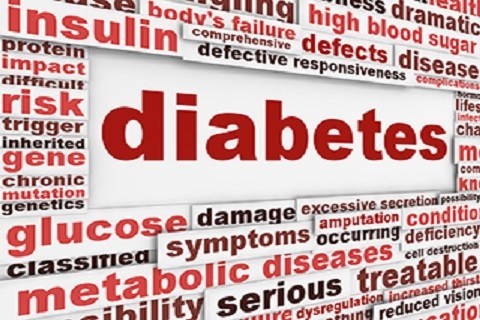
Let’s start with the good news. In the last ten years, Indians are living a longer life. In 2005 the average lifespan of men was 62. 3 years for men and for women it was 63. 9 years. By 2015 the average lifespan increased by 5 years for men and almost 6 years for women. The increase in lifespan is an outcome of improvement in diet and immunisation, a result of economic affluence.
With the increased lifespan, the disease burden of Indians has increased, as we’ve to tackle the burden of communicable diseases like tuberculosis, maternal mortality and diarrhoea too along with NCDs.
The disease burden has shifted for Indians. According to a recent study published in the medical journal, Lancet in 2016 more deaths occurred due to cardiovascular diseases and chronic obstructive pulmonary disease, while in 1990 more deaths (53.6%) were due to communicable, maternal, neonatal and nutritional diseases. Another disturbing trend is the age at which NCDs is happening in Indians. Typically, it presents worldwide around 55 but in Indians, it is at 45.
The challenge posed by NCDs
Essentially, NCDs are lifestyle diseases. They cannot spread from one person to another. Rather, our genes and environment, the kind of lifestyle we live determine our vulnerability to these diseases. The kind of food we eat, the number of hours we sleep, how much we exercise, and the way we handle stress determine our vulnerability to NCDs.
Eating junk foods has increased. Changing work environments with long hours in front of computers has led to a sedentary lifestyle. Also, the addiction to handheld devices and getting lost in the world of social media has caused social isolation like never before. Along with unhealthy diet, tobacco, alcohol, and sedentary lifestyle are known determinants of NCDs,[1]
- The three major risk factors that are contributing to NCDs are raised BP, raised blood glucose levels and prevalence of tobacco use.
- Other factors are physical inactivity, increased weight, low fruit and vegetable intake and erratic cholesterol levels.
- Outdoor air pollution contributes to India’s burden of cardiovascular diseases, chronic respiratory diseases, and lower respiratory infections.
- Social isolation. A meta-analysis suggests social isolation as a risk factor for coronary heart disease (CHD) and stroke.[2]
With the increasing urbanisation, lifestyle change has percolated to the rural areas, which means NCDs is no longer affecting only people living in urban areas. With one in five adults suffering from high blood pressure and one in 20 from diabetes, India needs to wake up to the burden of NCDs.
NCDs in rural India
There are multiple challenges to managing NCDs in rural India. Rural Indians are getting NCDs at a younger age than their urban counterparts because they have not had adequate nutrition in their childhood. Diagnosing and treating NCDs requires specialised medical care. Rural areas lacks these facilities, hence the diagnosis comes quite late for them.
How NCDs is affecting DALYs?
The improved life span is linked to NCDs. As life span increases, we Indians have to contend the the threat of NCDs, which has started to affect our economic productivity. Living longer and implies that we can catch NCDs, which would not happen earlier, and the metric to judge the burden of NCDs on the community is DALYs or Disability Adjusted Lifestyle Years. It is the sum of years of life lost due to premature deaths and years lived with disability.
- The two biggest killers in 2016 were heart disease and COPD (Chronic Obstructive Pulmonary Diseases)
- The other NCDs that caused the most deaths included stroke, diabetes, and chronic kidney disease.
- Outdoor air pollution caused 6.4% of India’s total DALYs in 2016, while household air pollution caused 4.8%.
Managing NCDs is a significant expense for the families and sometimes it can entail catastrophic expenses.
In such a scenario, you may need to take care of critically ill patients at home. It is quite possible if you have the right medical equipment.
Also, the growing burden of lifestyle diseases is felt by the health-care delivery system, which primarily comprises of small and medium scale hospitals. The need to upgrade the medical equipment for these hospitals comes across as a huge cost. 90 per cent of the hospital equipment is imported and there is huge information asymmetry, which means small and medium scale hospitals not only have to contend with budgetary challenges but with information gap.
PrimedeQ provides access to mMultiple affordable, good quality medical equipment options both new and used to buyers, we aim to bring down selling costs considerably for sellers through its virtual platform.
Another strong feature of PrimedeQ is service and repairs of the spares which considerably improves the life of the equipment and lowers the running cost.
